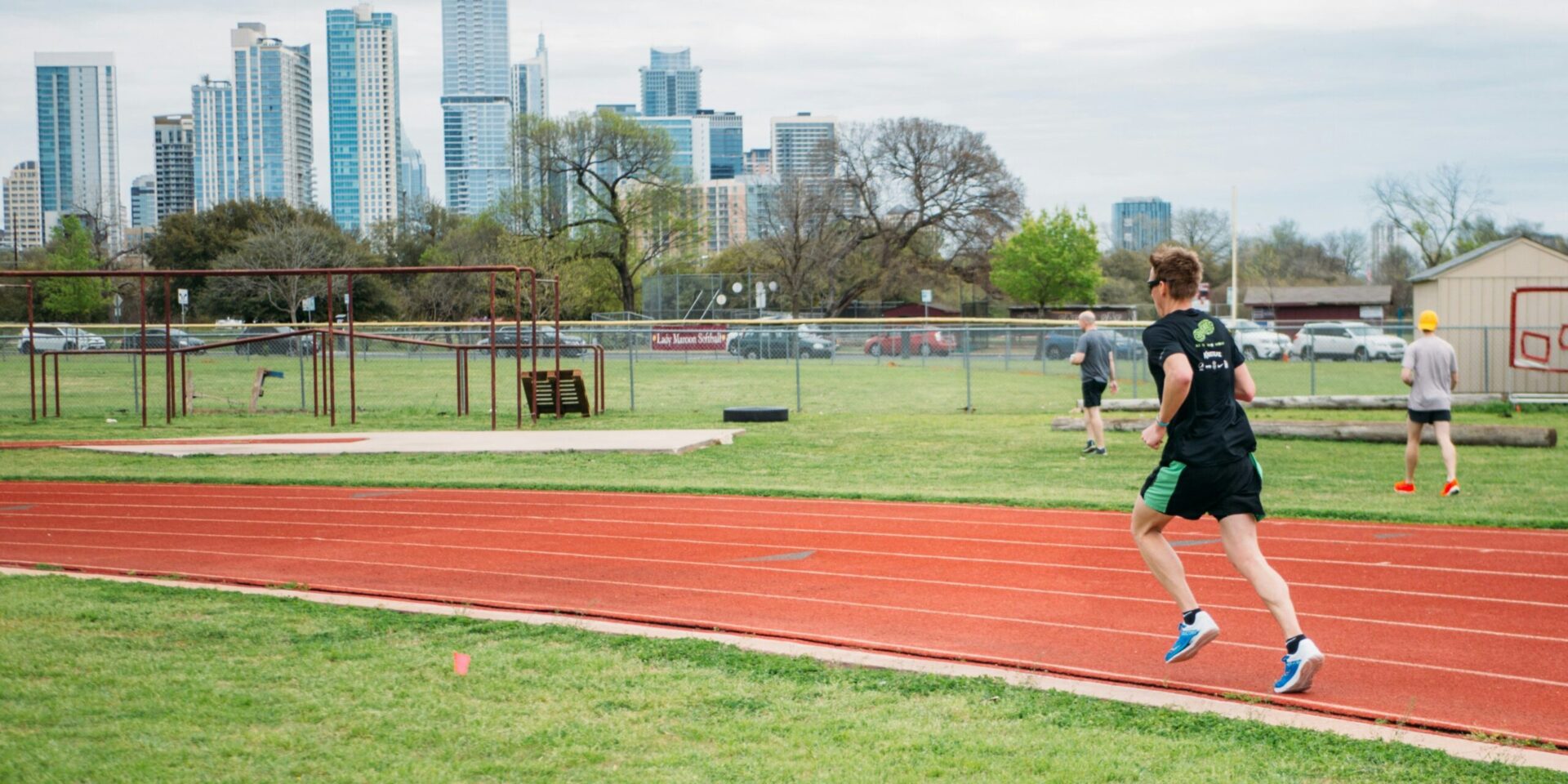Quincy Wilson’s rapid rise as one of America’s top junior sprinters has captivated fans and experts alike, but behind his record-breaking performances is a carefully managed training system designed to prioritize athlete health and long-term development. At just 17 years old, Wilson’s training camp has become a model of how to sustain high-performance output while minimizing the risks of overtraining, burnout, and injury.
The demands of elite youth athletics, particularly in high-impact sports like track and field, present unique challenges. Young athletes often face intense training schedules, competitive pressure, and the physical toll of growth and development. Wilson’s camp has addressed these challenges by emphasizing a preventative and proactive approach to athlete health. At the core of their protocol is a balance between volume and recovery. Training cycles are built around strategic rest periods, allowing for muscle repair and neurological recovery. Rather than focusing solely on output, Wilson’s team incorporates sports science metrics to assess fatigue and readiness—adjusting workloads based on real-time feedback from both the athlete and monitoring systems.
Hydration and nutrition are also key pillars of the program. Wilson adheres to a tightly controlled hydration protocol that adjusts to climate, intensity, and duration of training. Pre- and post-practice fueling strategies are tailored to ensure his body has the energy it needs for both performance and recovery. Dynamic warm-ups and cool-downs are standard before and after every session, promoting joint flexibility, reducing stiffness, and decreasing the likelihood of strain or sprain. Mobility drills, foam rolling, and targeted strength exercises round out the physical preparation process, helping maintain biomechanical efficiency and prevent repetitive-use injuries.
In addition to physical training, Wilson’s team integrates periodic check-ins with sports medicine professionals. These assessments, which include musculoskeletal screenings, gait analysis, and inflammation markers, allow for early detection of potential issues. This medical oversight ensures that any developing concerns are addressed before they become performance-limiting injuries. These health-focused practices not only protect the athlete’s well-being but also optimize performance by ensuring that Wilson is operating at his peak without overextending his capabilities.
The psychological component is equally emphasized. Mental fatigue can manifest in physical ways, and Wilson’s team recognizes that mental health is a critical part of holistic athletic care. Time is regularly set aside for recovery away from the track, allowing for mental reset and maintaining a sense of balance amid the pressure of elite competition.
This comprehensive approach to athlete health has helped Wilson remain resilient through a period of rapid athletic development. His team’s adherence to evidence-based protocols reflects a growing trend in junior sports—one that shifts the focus from immediate results to sustained success and well-being.
In the broader context of youth athletics, Wilson’s camp serves as a model for best practices. Their strategy reinforces the idea that elite performance and athlete health are not mutually exclusive, but rather interdependent. By prioritizing rest, hydration, proper conditioning, and medical oversight, Wilson’s support team is not only preparing him for individual victories, but also for a long and healthy career in sport.

